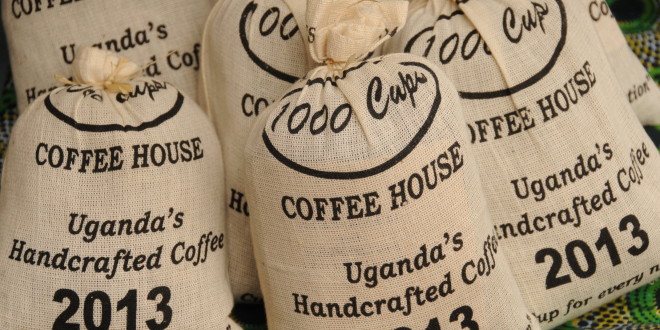Uganda’s coffee exports in December 2018 fell by 18.6 percent to 314,439 bags compared to December 2017, according to the latest coffee market report produced by the International Coffee Organisation (ICO).
Its total shipments in the first three months of 2018/19 amounted to 1.08 million bags, down 11.2 percent from the same period in 2017/18. Shipments from Uganda in calendar year 2018 decreased by 11.5 percent to 4.22 million bags.
Coffee farmers and exporters have held onto their coffee due to the low coffee prices and competition with Brazilian exports, as well as lower output in some of the regions. The European Union, notably Italy and Germany, remained a major destination for coffee from Uganda, accounting for around 65 per cent of total shipments in 2018.
Uganda is Africa’s number one coffee exporter even though Ethiopia which consumes most of its coffee is the continent’s top producer of the crop.
Uganda grows both Arabic and Robusta coffee, with the former mainly grown on the slopes of Mt. Elgon while the latter is mainly grown in the lowlands of the central and western regions.
In December 2018, world coffee exports amounted to 10.43 million bags, 0.9 per cent higher than in December 2017. Shipments of Brazilian Naturals and Colombian Milds increased by 19.1 per cent to 3.95 million bags and 8.9 per cent to 1.42 million bags, respectively. The two countries are among the top producers of coffee in the world.
According to the report Uganda is among the top producers of coffee six produces of coffee in the 2015-2018.
According to the Uganda coffee roadmap, government plans to plant 300 million trees per year. It’s optimistic this will increase output of coffee from the current 4.5 million 60-kilograms bags to 20 million bags by 2025.
Government is yet to pass the Coffee Bill into law to pave way for new innovations, marketing, quality, production incentives and funding for the sector.
Among the challenges the coffee sector faces include; numerous non-tariff barriers, unsupportive cultural practices, lack of exposure to international best practices, limited social capital, unpredictable policy environment and limited access to information.




